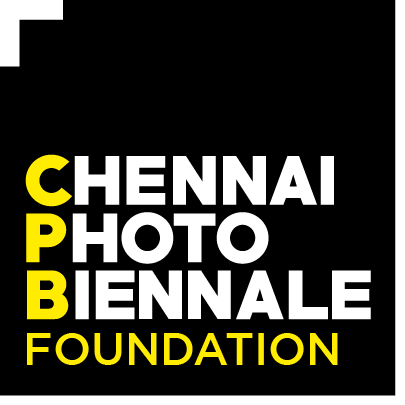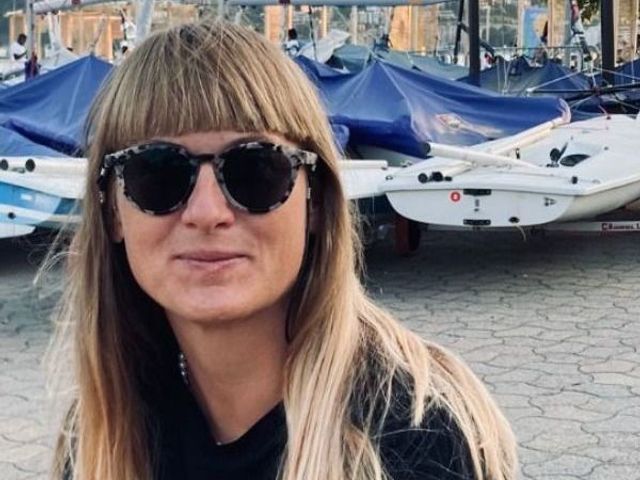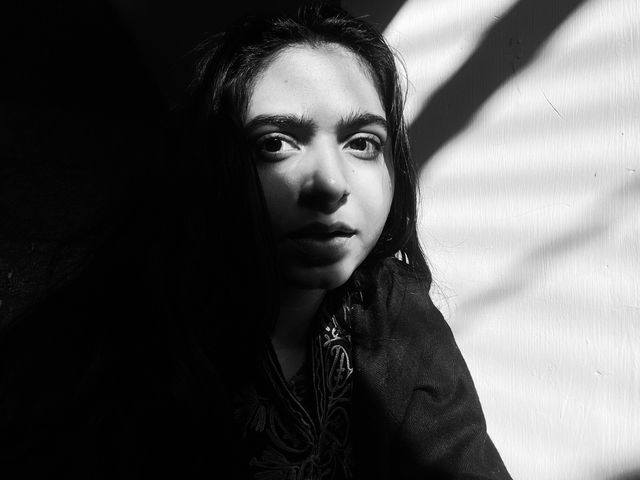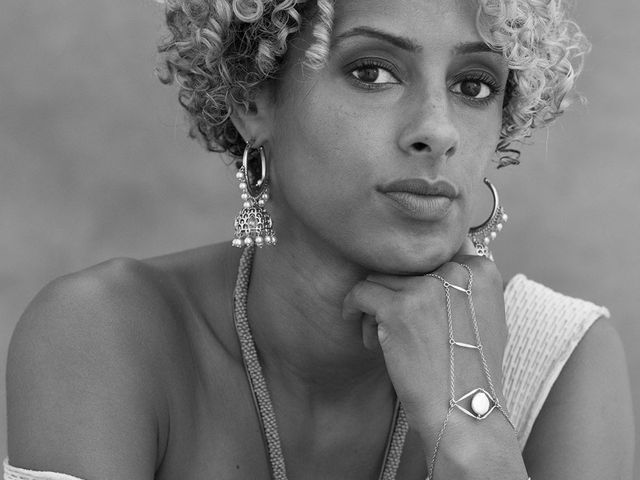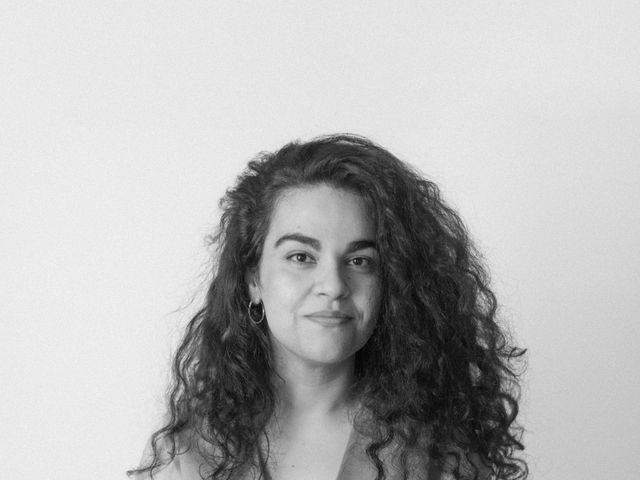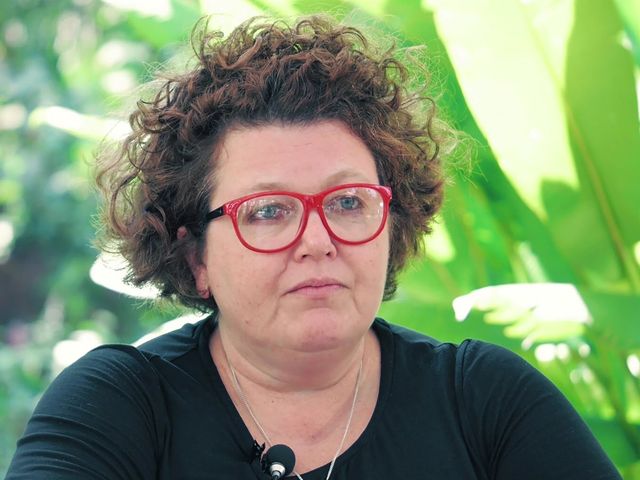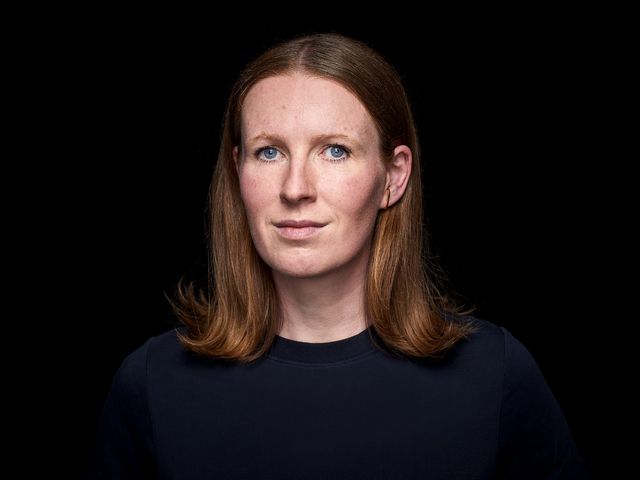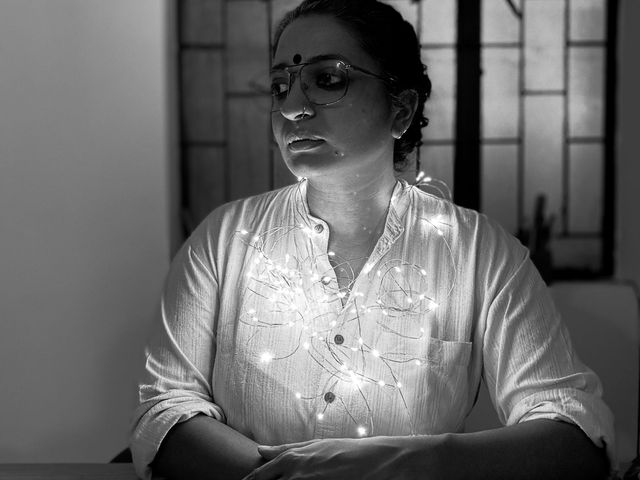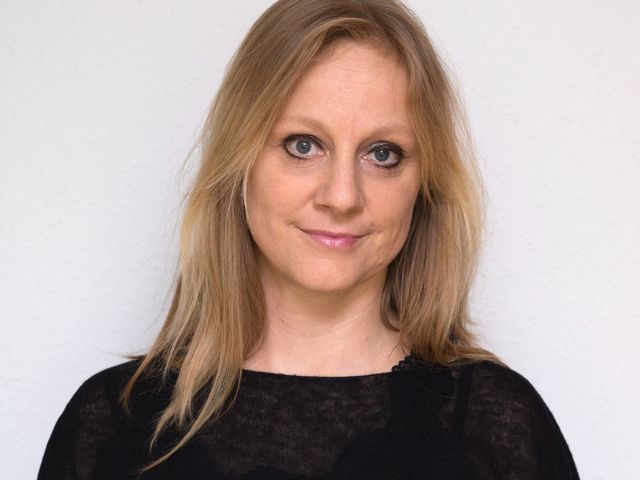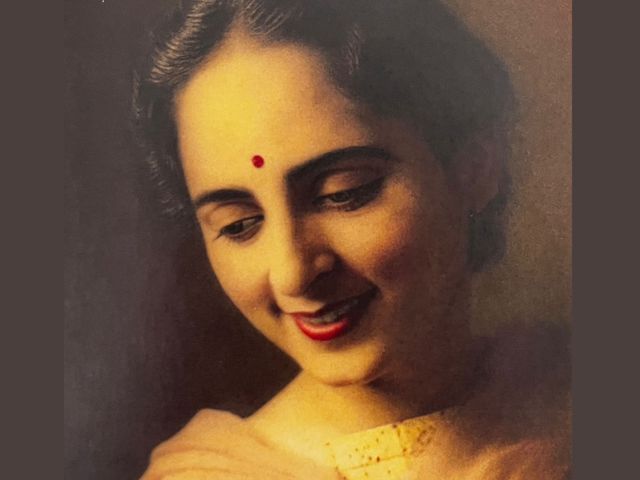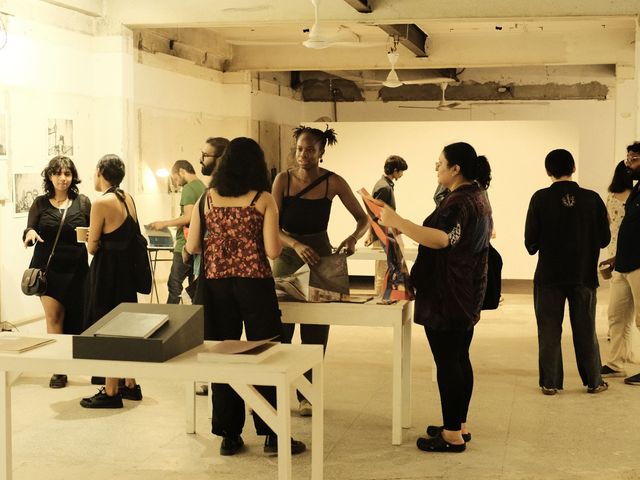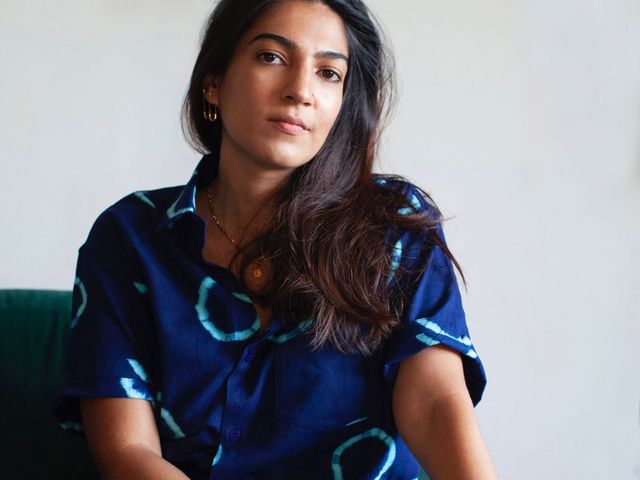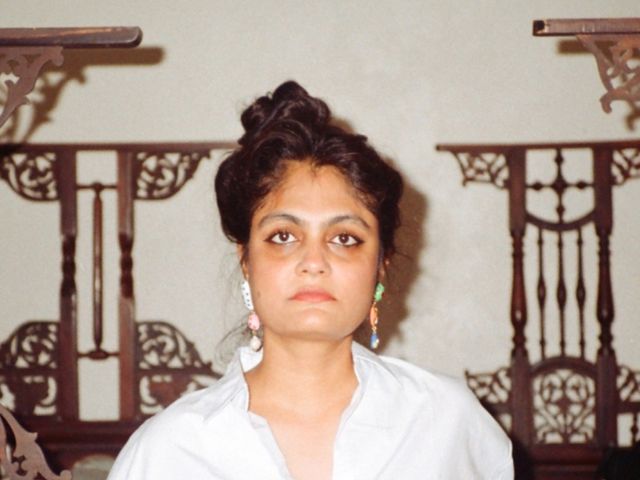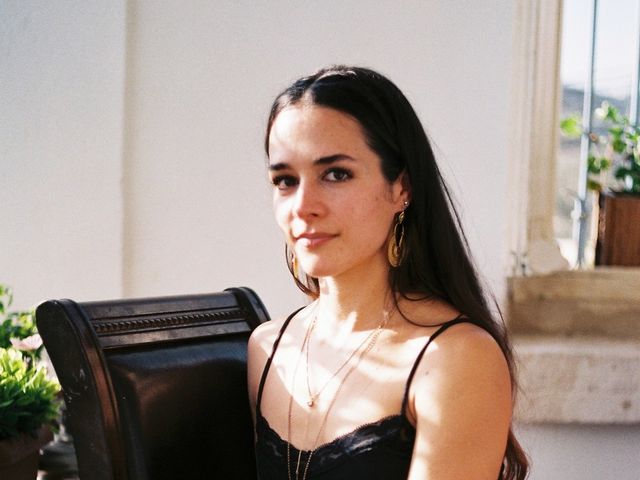.jpg)
At the time of its invention, in 1820’s, photography was seen as a young medium with democratic goals. Attributed largely to one gender, photography and its spectrums have seen seminal shifts in its form and function when the camera rested in the hands of women and gender expansive people. Assumptions that women as photographers, might be more empathetic for photographing families, to the fear that genius is unachievable on account of roles of motherhood and homely duties, women have been instrumental in rethinking the possibilities with photography since Anna Atkins’ camera-less cyanotype explorations in the 1840s.
‘Women-artists’ are not a genre and this show is not a chronological amassing of work by women in photography and its spectrums. Women have been responding to the world since time immemorial through photography, text, and opinion. Across their practices, the artists explore visual strategies that underscore the experiences of women as both subjects and makers of images. It’s time to recognise women behind the camera, not because of their gender, but because of the spaces they occupy, and the communities they choose to dedicate their energy and spirit to, asserting their place in the narratives of our current times.
It’s 2024, and this community is still having to argue louder - to be heard, to be believed, to be celebrated in equal measure. The show offers a deeper understanding of these artists’ practices by contextualising them within larger artistic movements, societal changes and feminist thinking.
The burden of gender equality does not, and must not lie with the figure of the woman or with the roles that a woman can acquire, but with the systems that create inequality. Gender based categorisation has continued to reinforce inequality with regards to opportunities, voice, and pay on one hand; a deeper sense of solidarity on the other, when women have chosen to work in collaborative directions, centered on principles of mutual support and cooperation through fostering sustainable, ethical and long-term partnerships. The refusal to adhere to gendered labelling of identity and work comes from the lack of seriousness, lack of credibility and unequal recognition attributed to the efforts and to their contribution in this field.
A powerful impact of their work is their intentional approach to lead with an awareness of power differentials, to offer a presentation predicated on a matrix of inspiring dialogue, intersectional ideas, histories, realities, and considerations.
She (Susan) did not value separatism, the aggressive policing of boundaries of who was or was not a woman, what was or was not beautiful. She valued the blatant disorganisation of gender and sexuality and the individual’s right to plural forms of being. She envisioned an aesthetic and political integration of men and women that would in the final analysis result in the obliteration of both categories of identity. Then there would be no need for women to establish for themselves a private culture, no need for them to seek rooms of their own.
- On Women, Susan Sontag
We are grateful to Dayanita Singh, Dr.Katharina Goergen, Mathangi Krishnamurthy and Sheba Chhachhi for their valuable inputs to the curatorial direction of this show.
A CPB Foundation project made possible in collaboration with Goethe-Institut Chennai, British Council, Institut Francais, Pro Helvetia, Sid Khanna & Meher Varma.
A seat at the table
A solo in the museum
A voice in the matter
An equal paycheck, Or why not more!
A question that does not get asked
And other questions that do, each time
Opinions, without being called opinionated
An invitation that isn’t tokenistic
A body, that isn’t measured
And everything else, in equal measure
An Artist, not a ‘woman-artist’
Enough to be a household name
After all, for how many years
Will we keep celebrating the same names
The same gender,
The more things change,
Are we still asking
more of the same-same?
It's time, we shift our gaze,
our beliefs, and our patronage
Let's add more names and
Keep changing the game.
EXHIBITION DOCUMENTATION

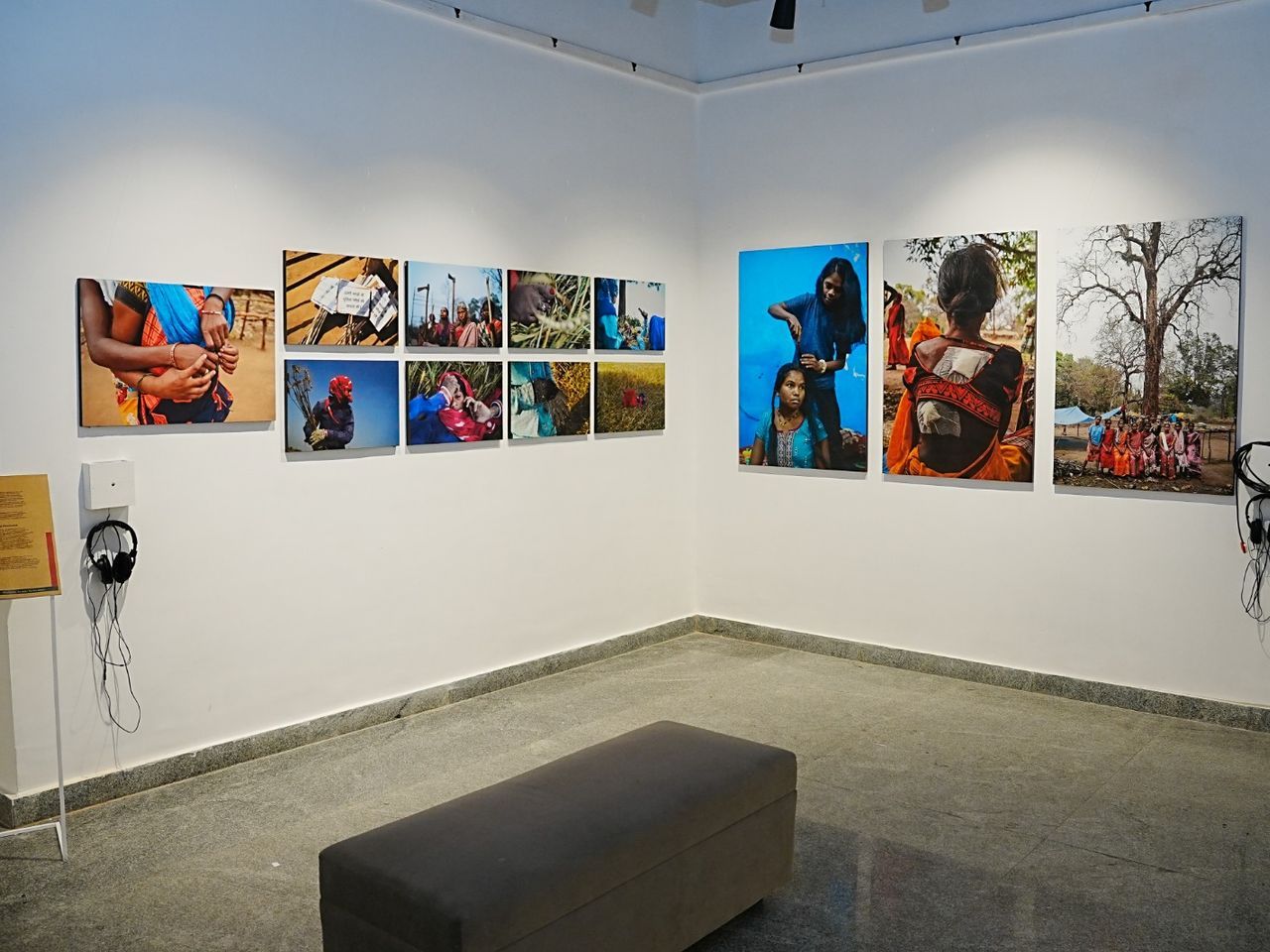
-1280x960-1-1280x960.jpg)
-1.png)
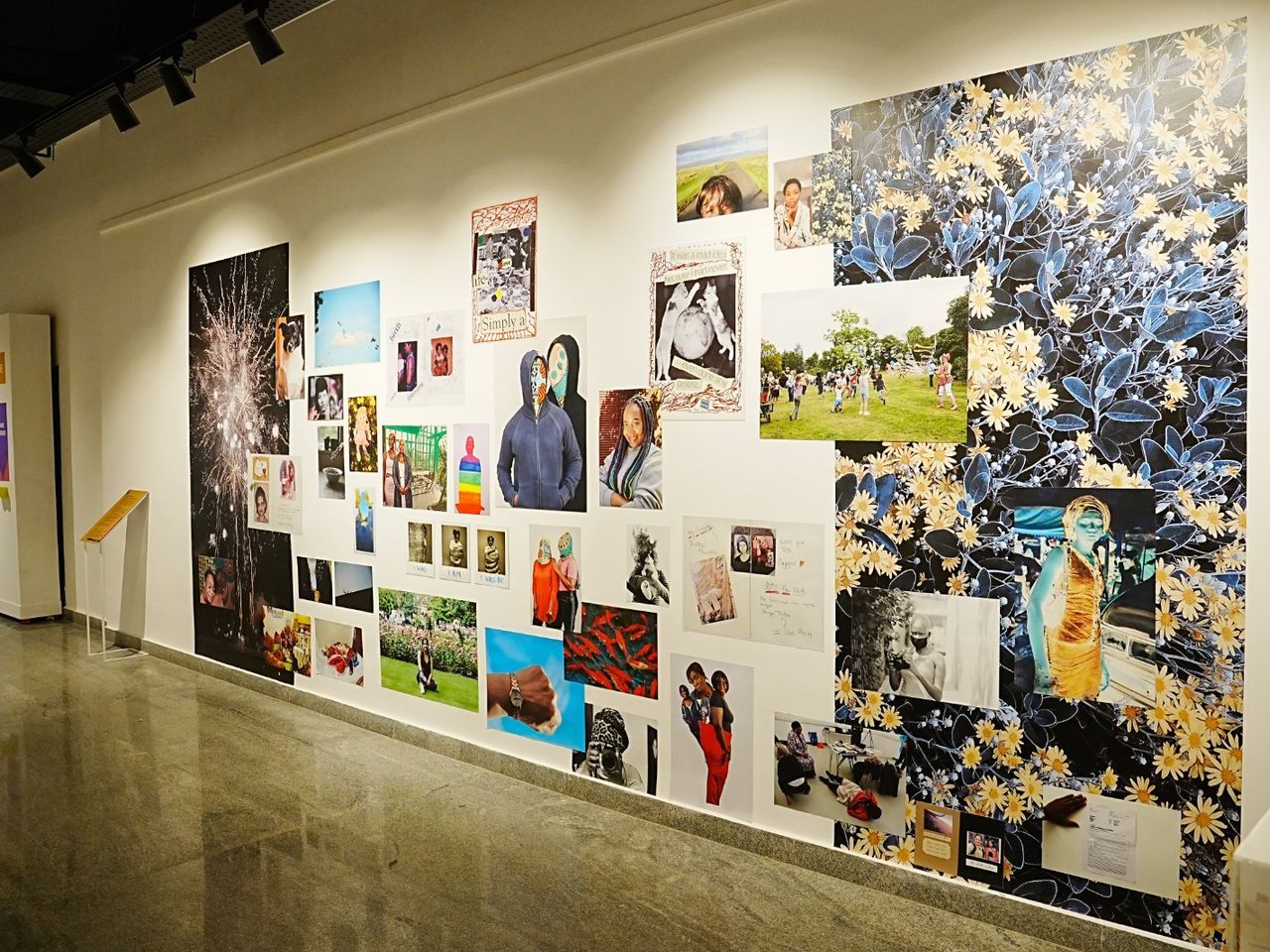
-1280x960-1-1280x960.jpg)
-1280x960-1-1280x960.jpg)
-1280x960-1-1280x960.jpg)

-1280x960.jpg)
-1280x960.jpg)
-1280x960.jpg)

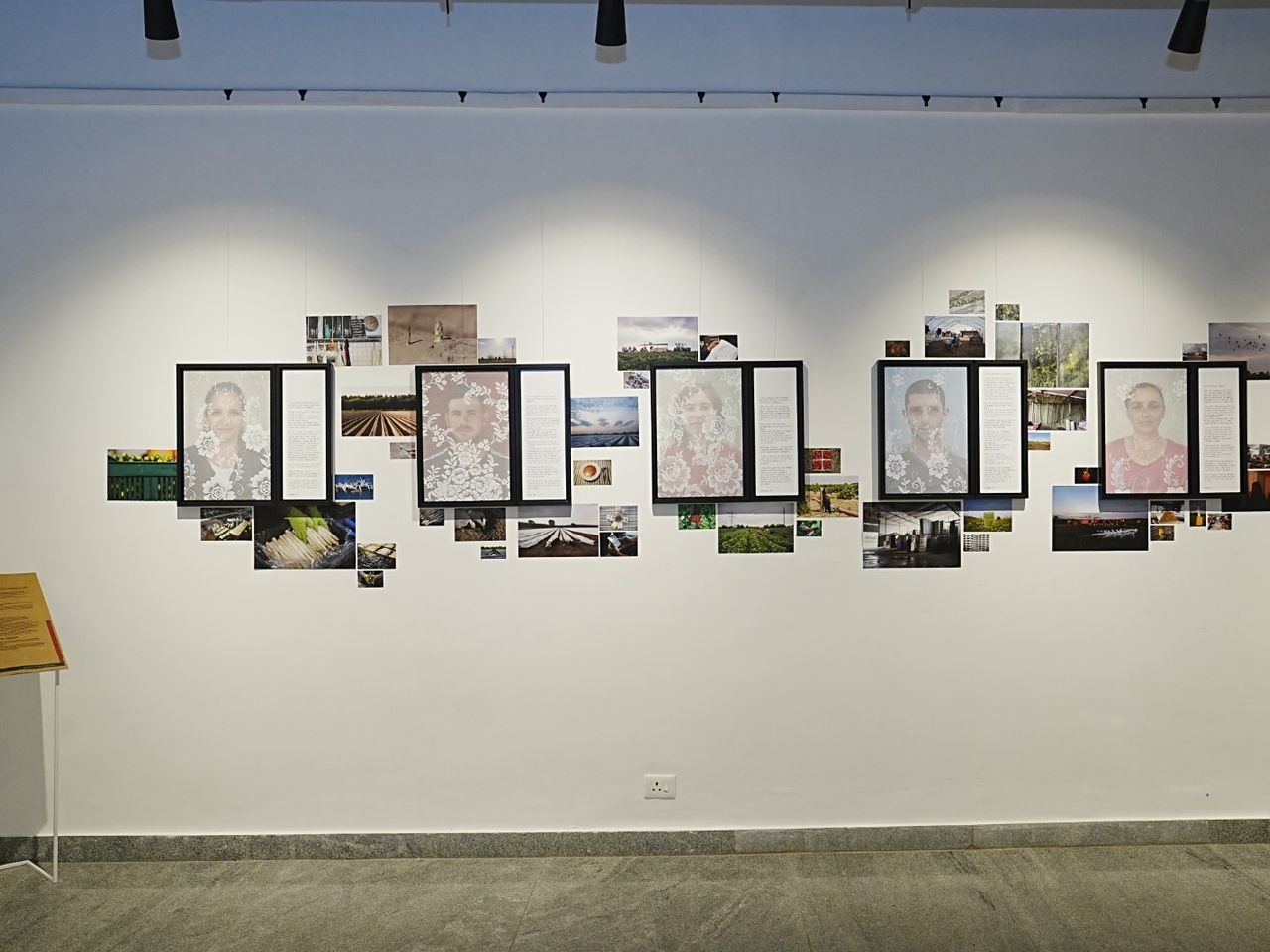

GALLERY
-1280x960.jpg)
.jpg)
-1280x960.jpg)
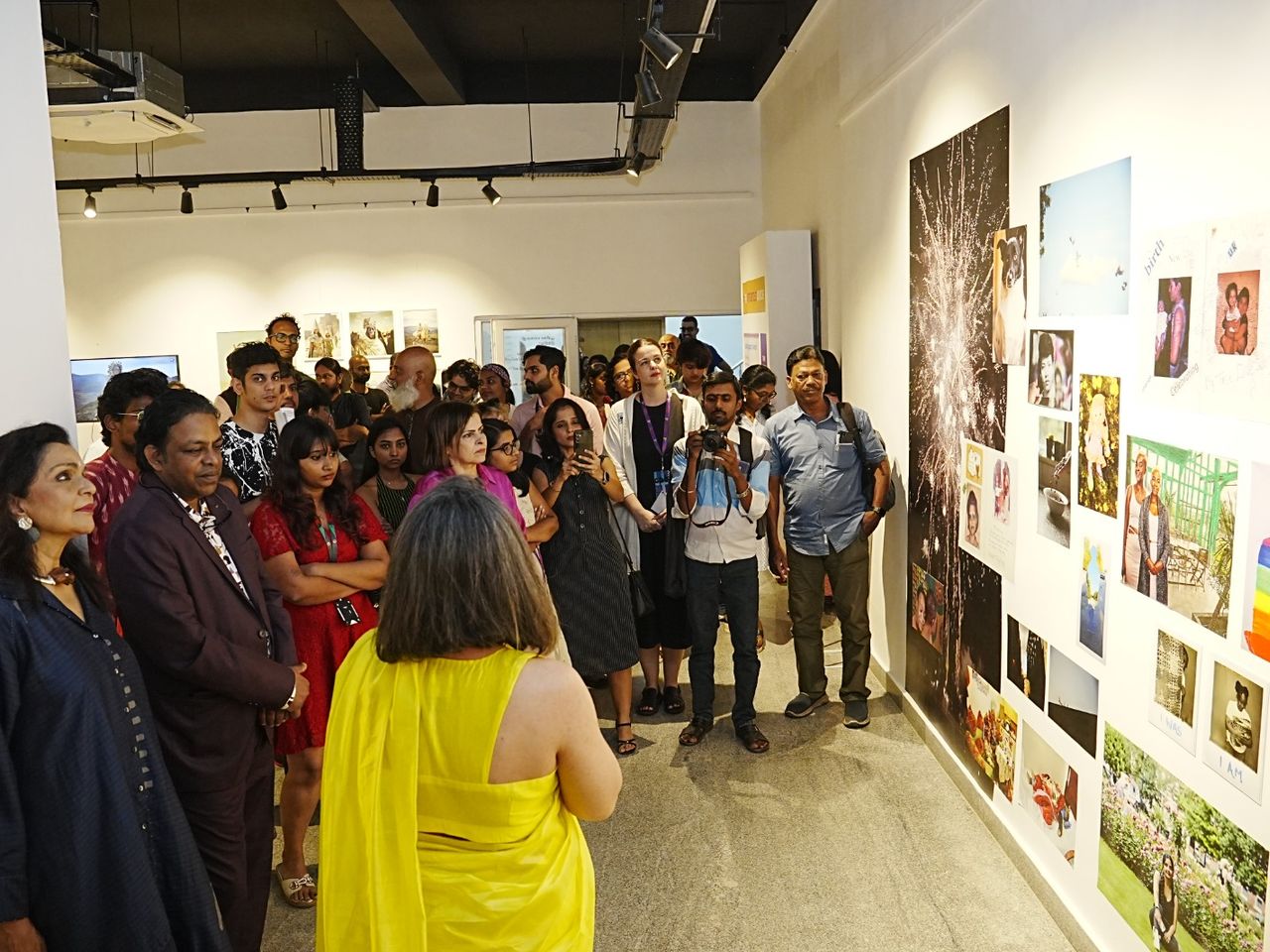
-1280x960.jpg)

-1280x960.jpg)
.jpg)
.jpg)
-1280x960.jpg)
.jpg)
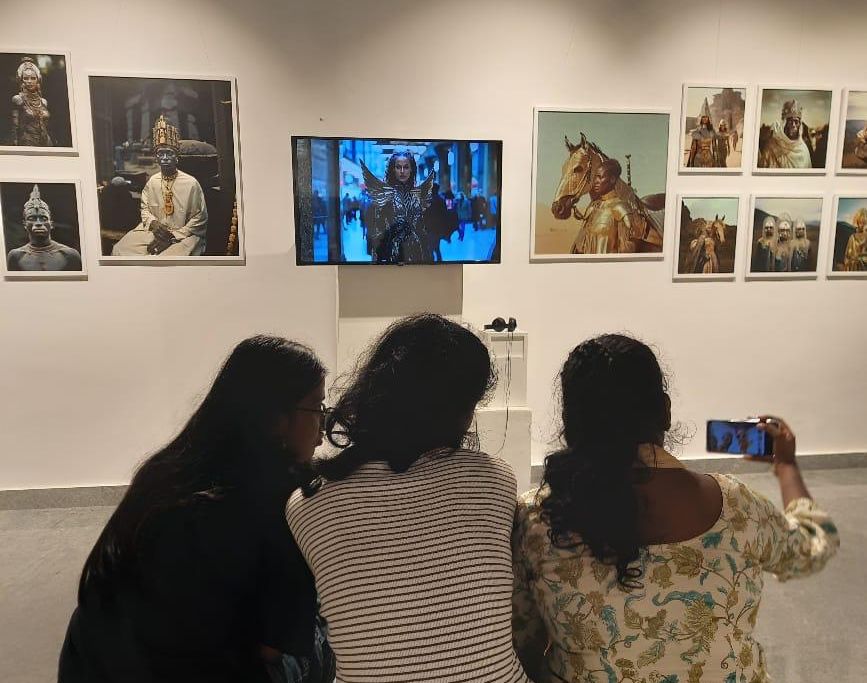
.jpg)
.jpg)
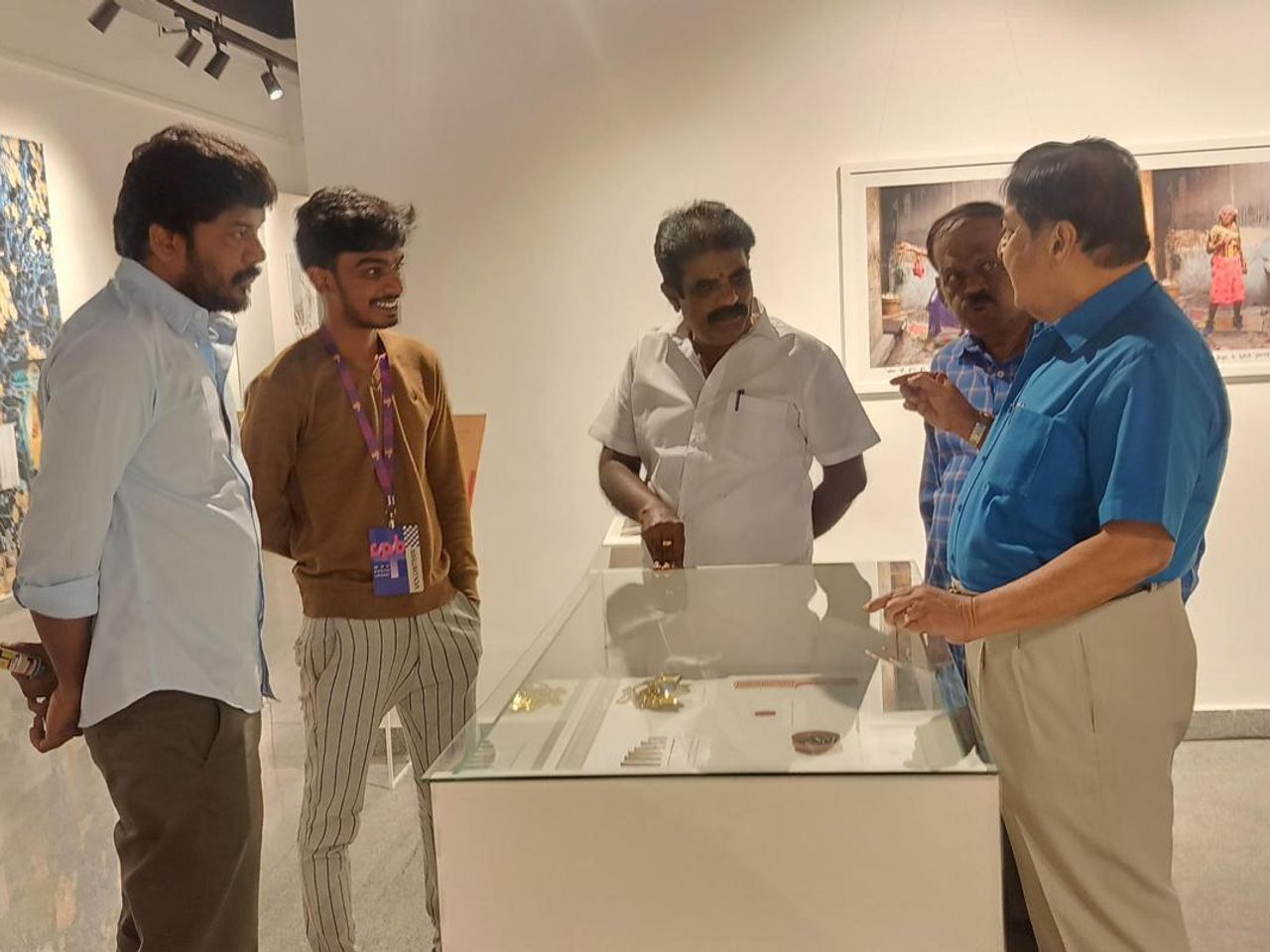
.jpg)
.jpg)
-1280x960.jpg)
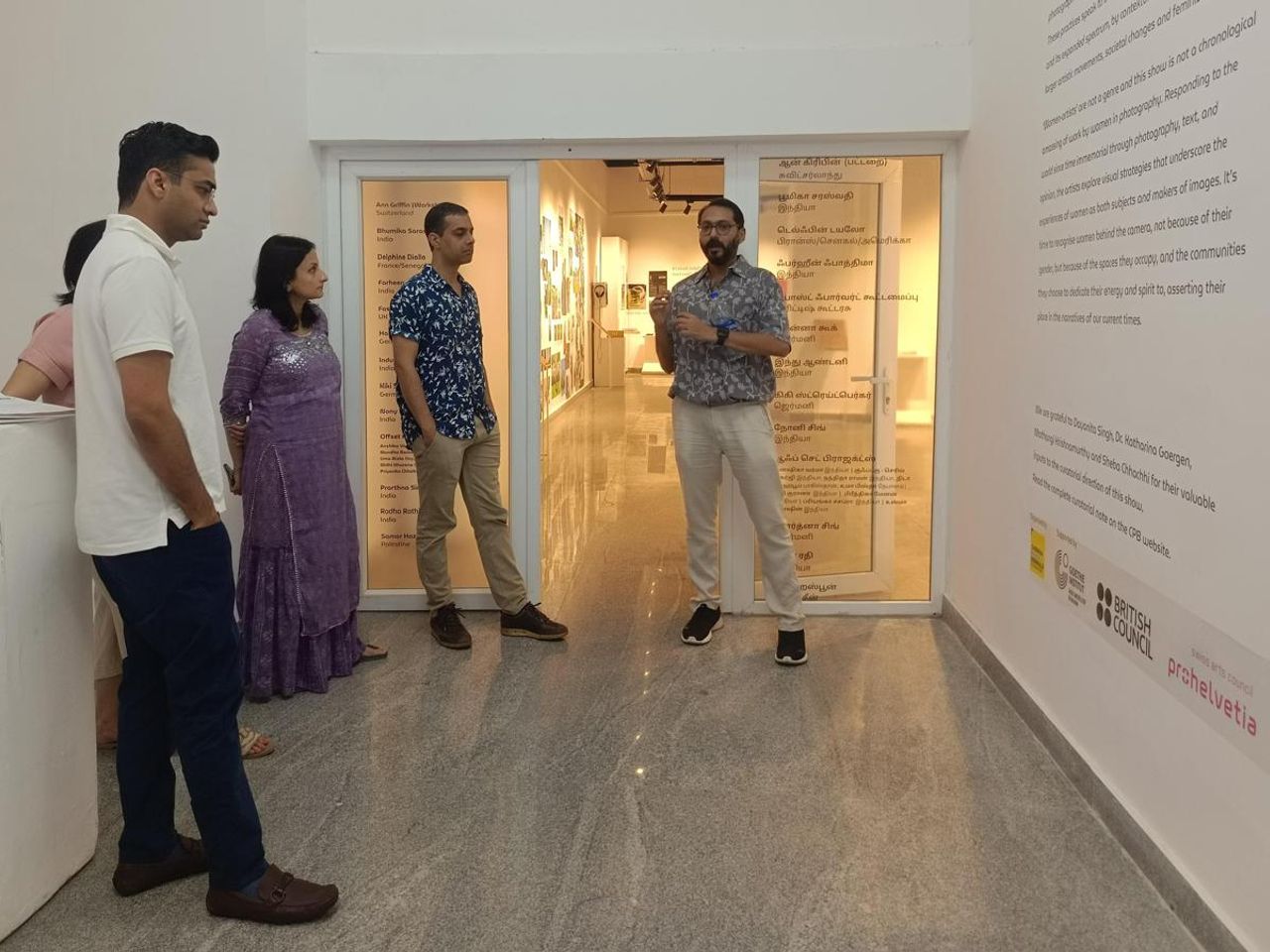
-1280x960.jpg)
.jpg)
-1280x960.jpg)

-1280x960.jpg)
